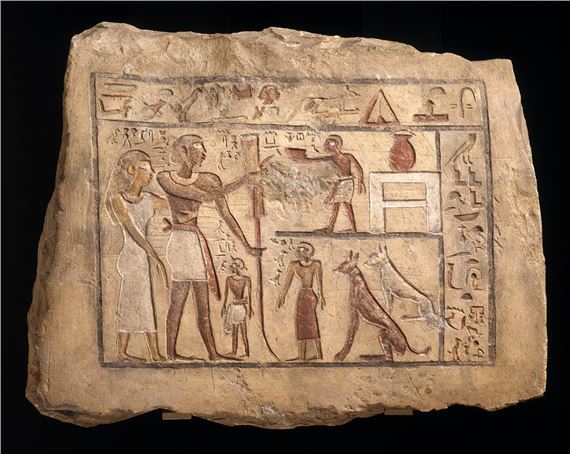Political boundaries are sharp, but cultures tend to blend into each other. That 'in-betweenness' is rarely contained by political frontiers. What kind of social and cultural worlds connected Egypt with its southern neighbors? And what was Egypt's relationship with other African cultures of its time, like Nubia (in present day Sudan)? While contemporary scholarship acknowledges the indigenous origin of Egyptian culture, its story is still rarely told from an African perspective. How did the earliest Egyptian and Nubian cultures relate to each other? In ancient Egypt, Nubians were portrayed as wretched enemies, bound captives, or soldiers. To what extent were their lives defined by Egyptian ideas and colonization? What societal roles did they have and how did their cultural practices impact Egyptian ones? In later times, the Kushite and Meroitic rulers of Nubia revitalized pharaonic culture. Their adoption of Egyptian symbols and beliefs is frequently examined through the lens of 'Egyptianization.' What was the nature of this borrowing, and how were Egyptian customs blended with indigenous and other traditions? This exhibition aims to showcase the deep cultural embeddedness of ancient Egypt in Africa, beyond merely acknowledging its geographical position on the African continent. What did Egypt owe to other African cultures in Nubia and, inversely, what did it bequeath to them? The exhibition demonstrates the complex interaction of different cultures in Egypt and Nubia, from prehistory (ca. 3800 BCE) through the Post-Meroitic era (641 CE).


